Nativism & Empiricism
1/56
There's no tags or description
Looks like no tags are added yet.
Name | Mastery | Learn | Test | Matching | Spaced |
|---|
No study sessions yet.
57 Terms
Do visual mechanisms adapt during your life?
Visual mechanisms do not adapt during your life
What happened to the retinotopy of the primary visual cortex during the inverted glasses experiment?
There was no change in baseline levels
What results show that infants have shape constancy at birth?
As the slant of a square increases, it becomes progressively less preferred to look at by infants. Additionally, infants still prefer novel shapes over familiarized shapes that have become more slanted
What were the results of Melzoff and Moore experiment?
Infants can relate proprioceptive motor information about their own unseen body movements to their representation of the visually perceived model create the match required (infants imitate facial gestures)
In terms of the spatio-temporal principles of cohesion, what is contact?
Objects do not interact at a distance
What is solidarity
Objects move only on unobstructed paths
What is the prerequisite for conducting any other type of experiments in physics, astronomy, and chemistry?
Being sure we can trust our perceptions
What does the visual system provide observers with?
Accurate information about the geometrical and physical characteristics of the natural environment
What did Fechner's causal chain of events include?
Distal and proximal stimuli (physical events), transduction and brain processing (physiological events), and percept (mental events)
What does studying percept refer to?
Uncovering private mental representations
What did Fechner's causal chain of events imply?
An Empiristic point of view
What was Fechner's thinking influenced by?
John Locke's philosophy: "there is nothing in the intellect that was not first in the senses"
What individuals supported nativism?
Plato, Descartes, Reid, Leibniz, Mach
What individuals supported empiricism?
Aristotle, Locke, Berkeley, Fechner, Helmholtz, Structural Psychologists (behaviorists)
What did Hochberg & Brooks' (1962) experiment demonstrate?
Young children can readily recognize objects depicted in photographs and line drawings suggesting that recognition of objects from pictures is innate.
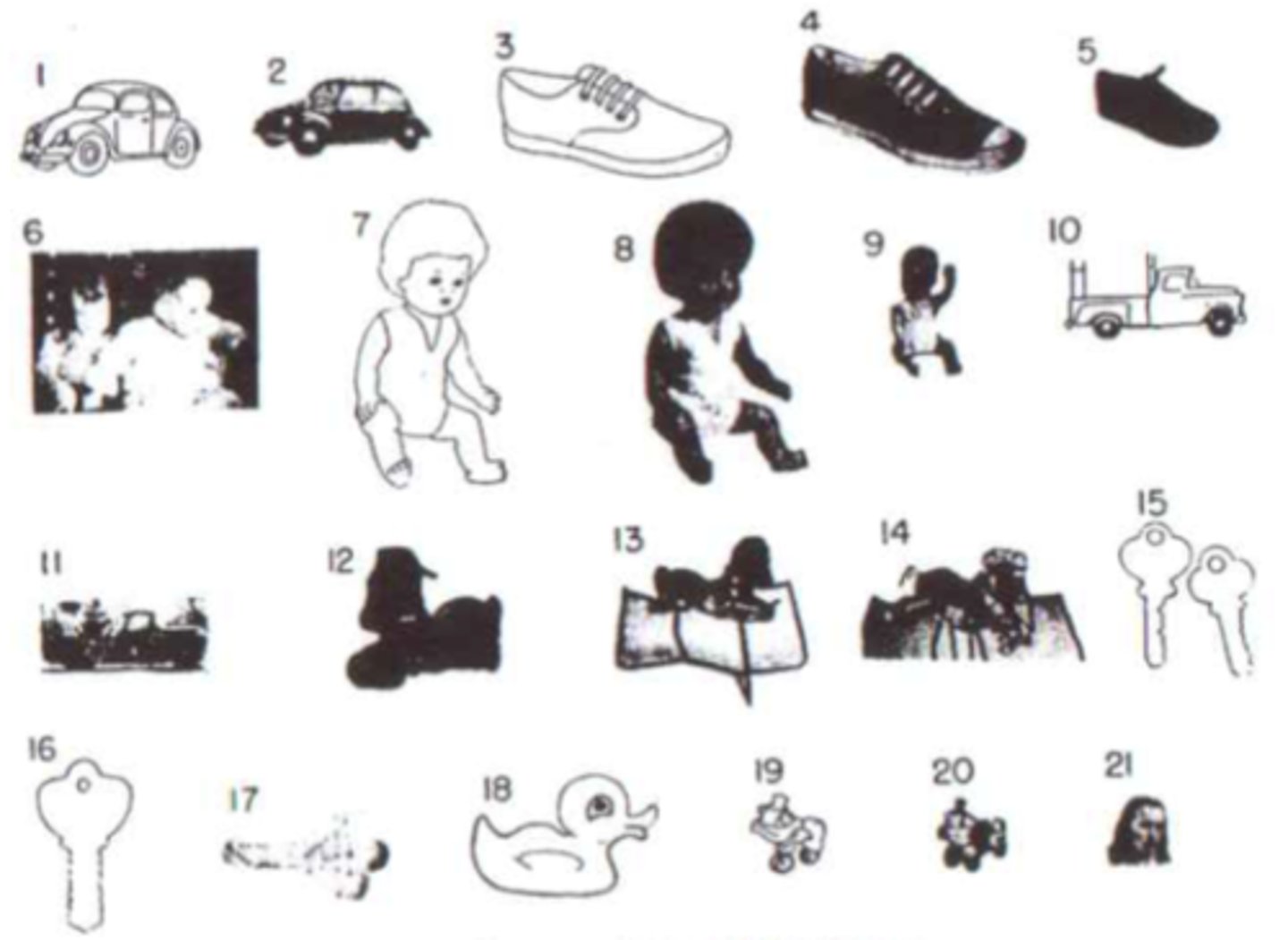
What did Rock & Harris' (1967) experiment demonstrate?
When vision and touch provide conflicting information, touch is completely ignored.
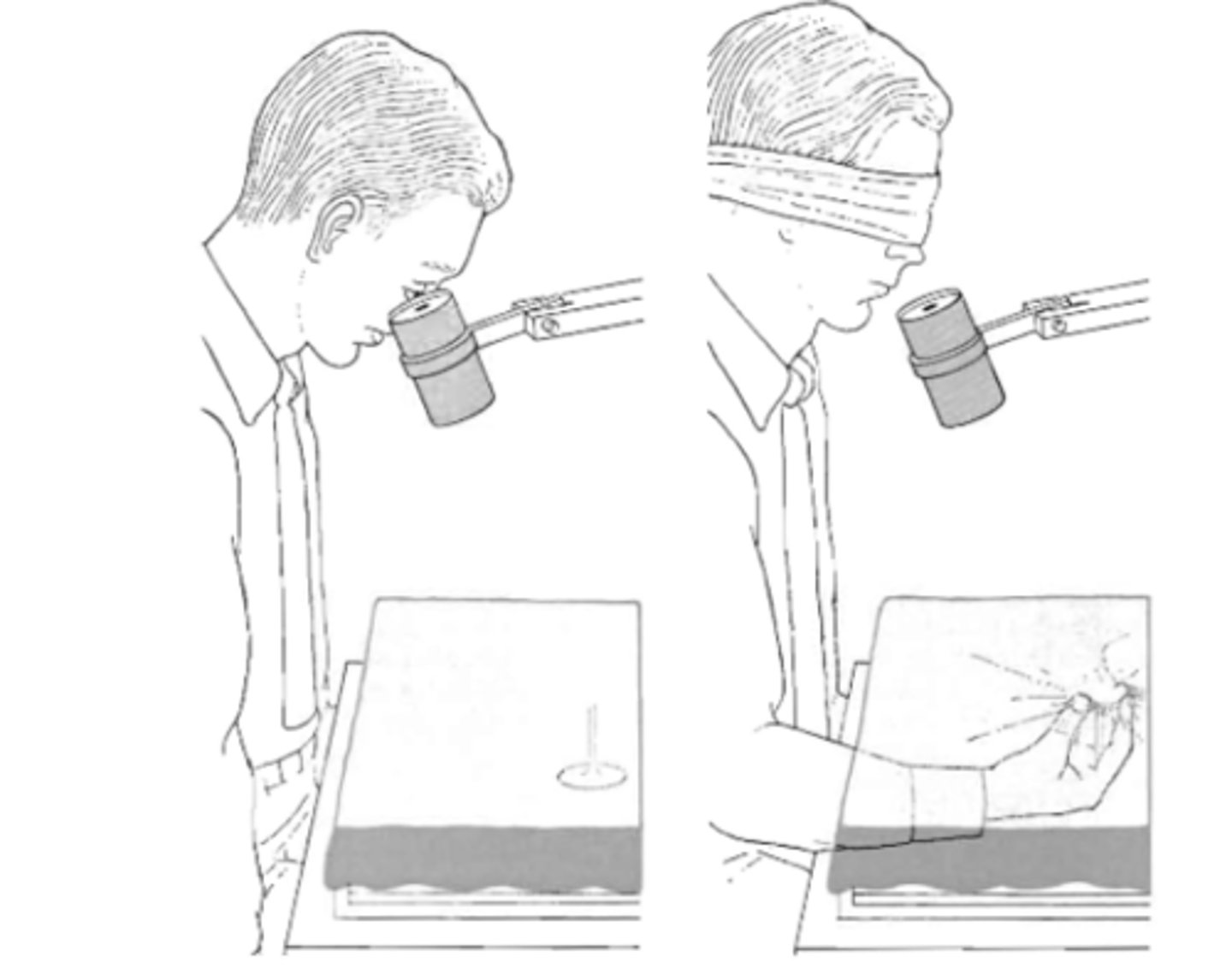
What adaptation did Rock & Harris' (1967) experiment demonstrate?
Position sense of the arm, not visual system
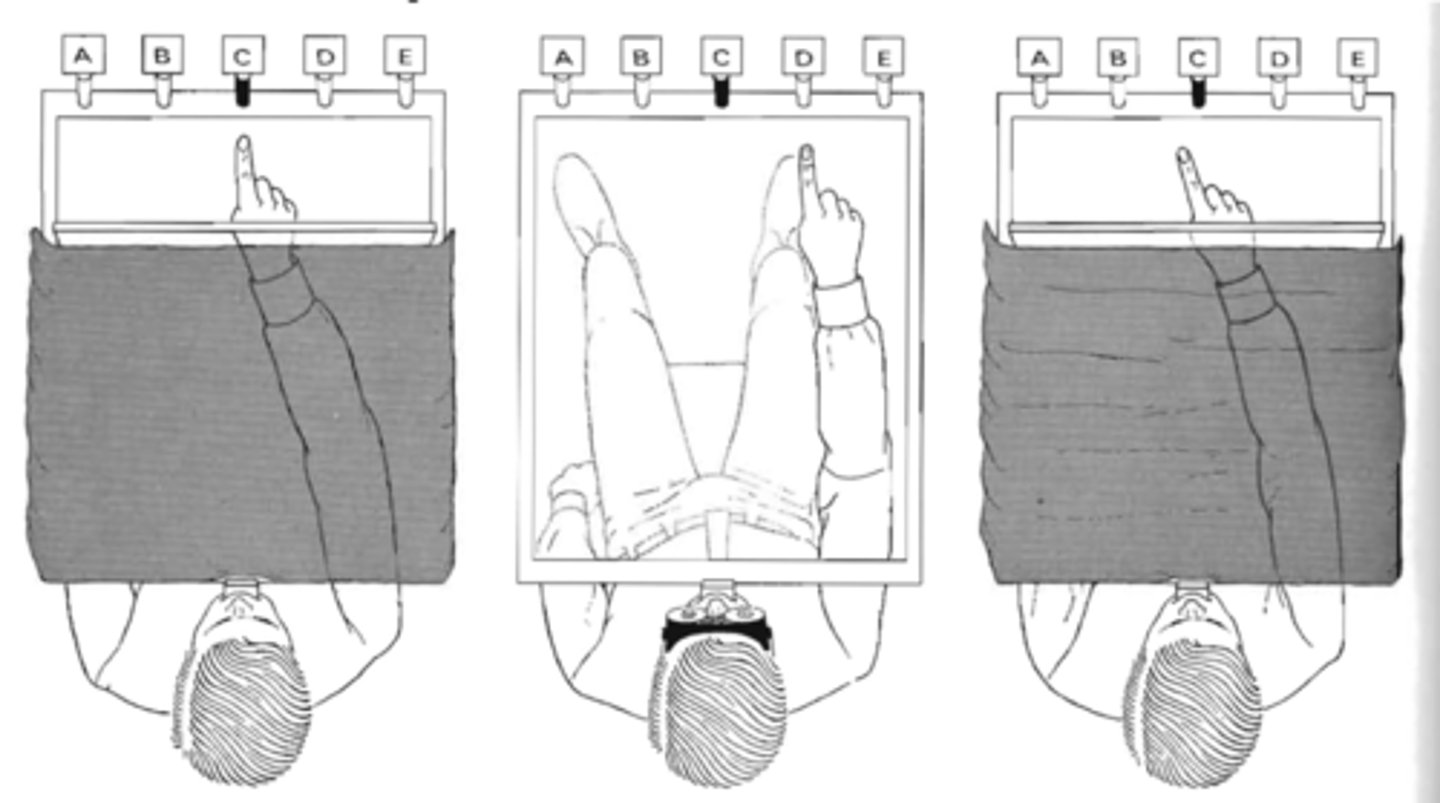
What did Hess' (1956) Experiment demonstrate?
Visual direction and binocular depth perception in chicks is innate and is not modified by experience.
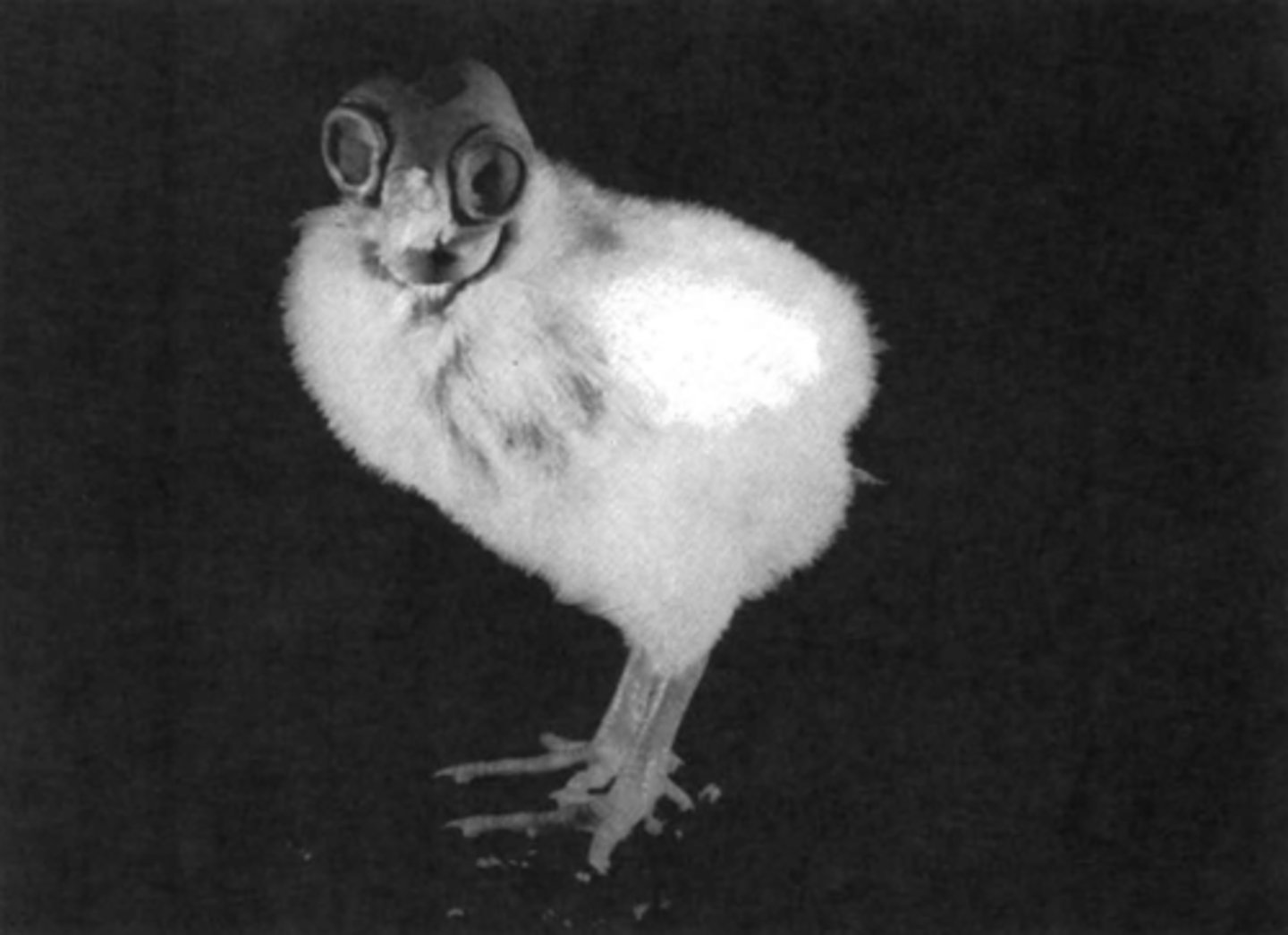
What does the Müller-Lyer illusion demonstrate?
Personal experience and learning do not change visual perception.

Can learning during your lifetime explain visual perception?
Learning cannot explain visual perception
What did the fMRI study of adaptation to inverting glasses (Linden et al., 1999) demonstrate?
Though subjects showed a rapid adaptation of visuomotor functions when given mirror spectacles, the visual system did not adapt as there was no return of upright vision.
What did fMRI study of adaptation to inverting glasses (Linden et al., 1999) contridict?
Ivo Kohler's experiment
What were the results of the fMRI study of adaptation to inverting glasses (Linden et al., 1999) in kittens and adult cats?
Both were unable to adjust behaviorally to the distorted visual input and developed a near complete neglect of visual modality.
What were the results of the fMRI study of adaptation to inverting glasses (Linden et al., 1999) for the behavioral task?
The building of three-dimensional objects still took twice the baseline time on the last day of the experiment.
What were the results of the fMRI study of adaptation to inverting glasses (Linden et al., 1999) for the shading task?
Most participants answered the in accordance with the transformed orientation throughout the experiment.
In the inverted glasses experiment, participant's visuomotor adaptation was primarily due to what?
The learning of new motor patterns and increased skill at spatial transformations rather than an adjustment of the perception of the world.
What is perceptual constancy?
When the viewing conditions change but the object and your percept stays the same
What results show that infants have size acuity at birth?
Subjects familiarized with the small cube looked at the novel larger cube 80% more
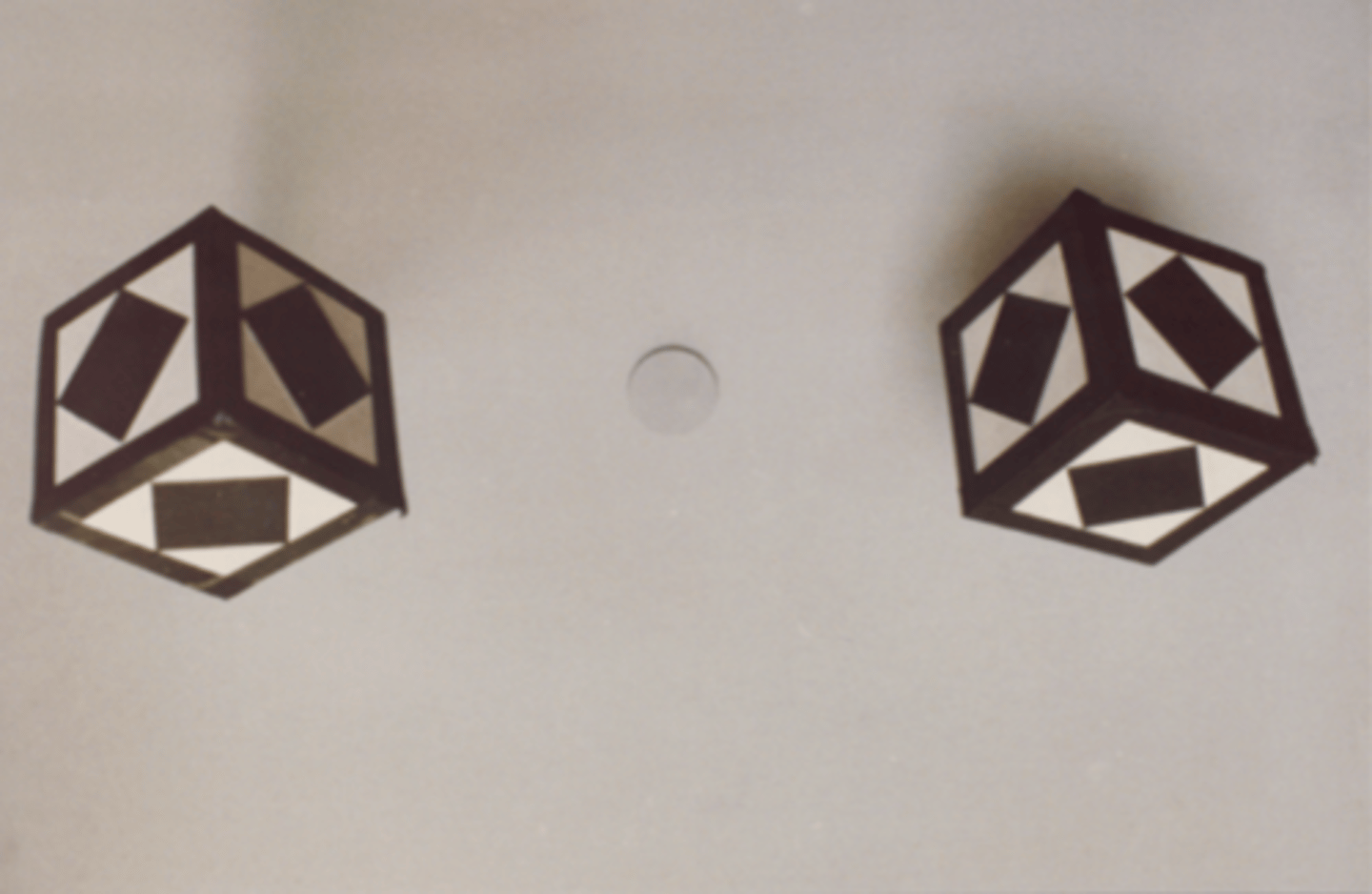
What were the results of Slater et al. (2002) experiment?
Infants turned their heads and eyes significantly more to follow the two dimensional face-liek stimulus than the scrambled or blank face.
What are the three spatio-temporal principles of cohesion?
Movement, continuity, and contact
In terms of the spatio-temporal principles of cohesion, what is movement?
Connected and bounded wholes
In terms of the spatio-temporal principles of cohesion, what is continuity?
Objects move on connected, unobstructed paths
What does Elizabeth Spelke's research reveal about infant's ability to use spatio-temporal principles of cohesion?
They can perceive object boundaries, to represent the complete shapes of objects that move partly or fully out of view and to predict when objects will move and where they will come to rest.
According to Elizabeth Spelke, what are the contraints on object motion?
Continuity, solidarity, gravity, inertia
What is continuity?
Objects move on connected paths
What is gravity?
Objects move downward in the absence of support
What is inertia?
Objects do not change their motion abruptly and spontaneously
What evidence suggests that infants have continuity and solidarity constraints?
When an object fell behind a screen, an infant looked longer if an object reappeared on the lower of two surfaces (as if the ball jumped discontinuously through the surface barrier) than if it reappeared on the upper surface.
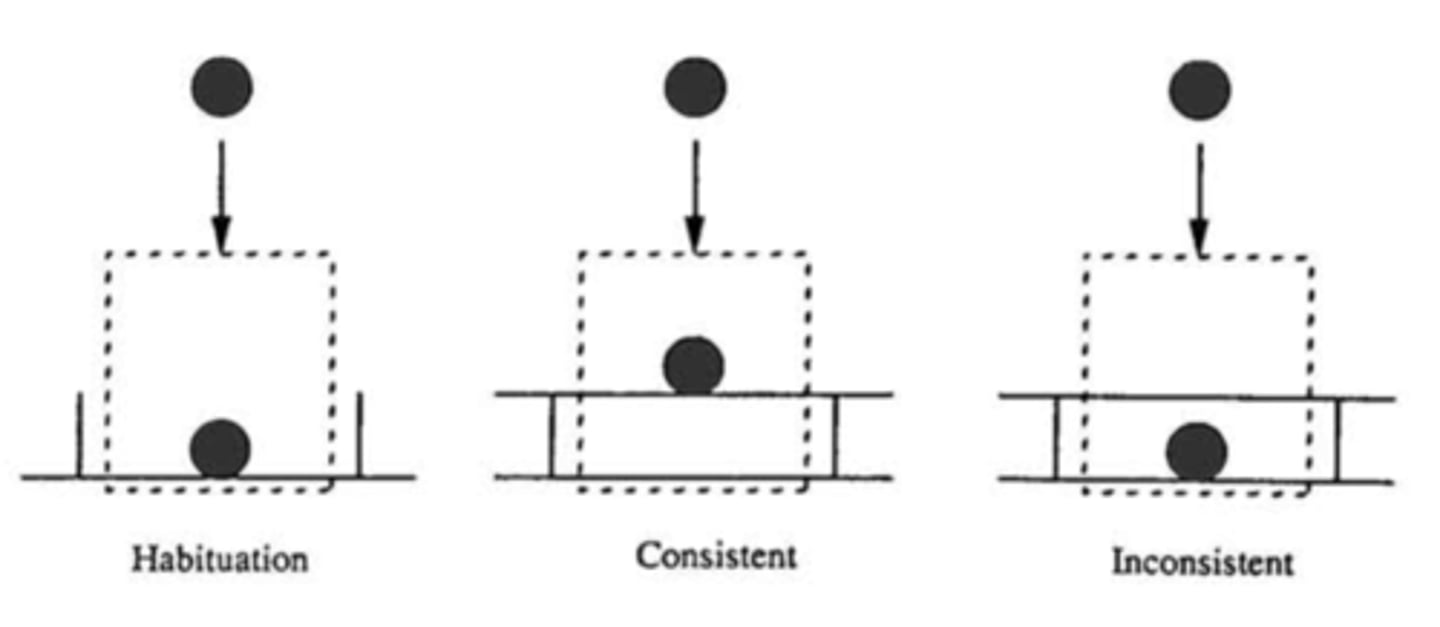
What evidence supports the idea that infants have object permanence in the presence of motion?
Infants who saw the moving, partially occluded rod during habituation looked significantly longer at the two separate rod segments in the test phase
What does an objects motion refer to?
The transformation of an object in space and time.
What is perception?
Informs the observer about what is "out there"
What is the formal definition of perception?
Provides the observer with accurate information about the physical world
What is psychophysics?
The study of perception
What do psychophysicists study?
The relationship between our subjective perceptual (psychological) experiences and the objective physical world.
What is the oldest branch of experimental psychology?
Perception
Why can studying the mind be called the black box problem?
Mental events are private yet science can only deal with public events
How can a psychologist solve the black box problem of the mind?
Behavioral responses can be observed by everyone
Do newborn chickens possess innate depth perception?
They do possess an innate depth perception
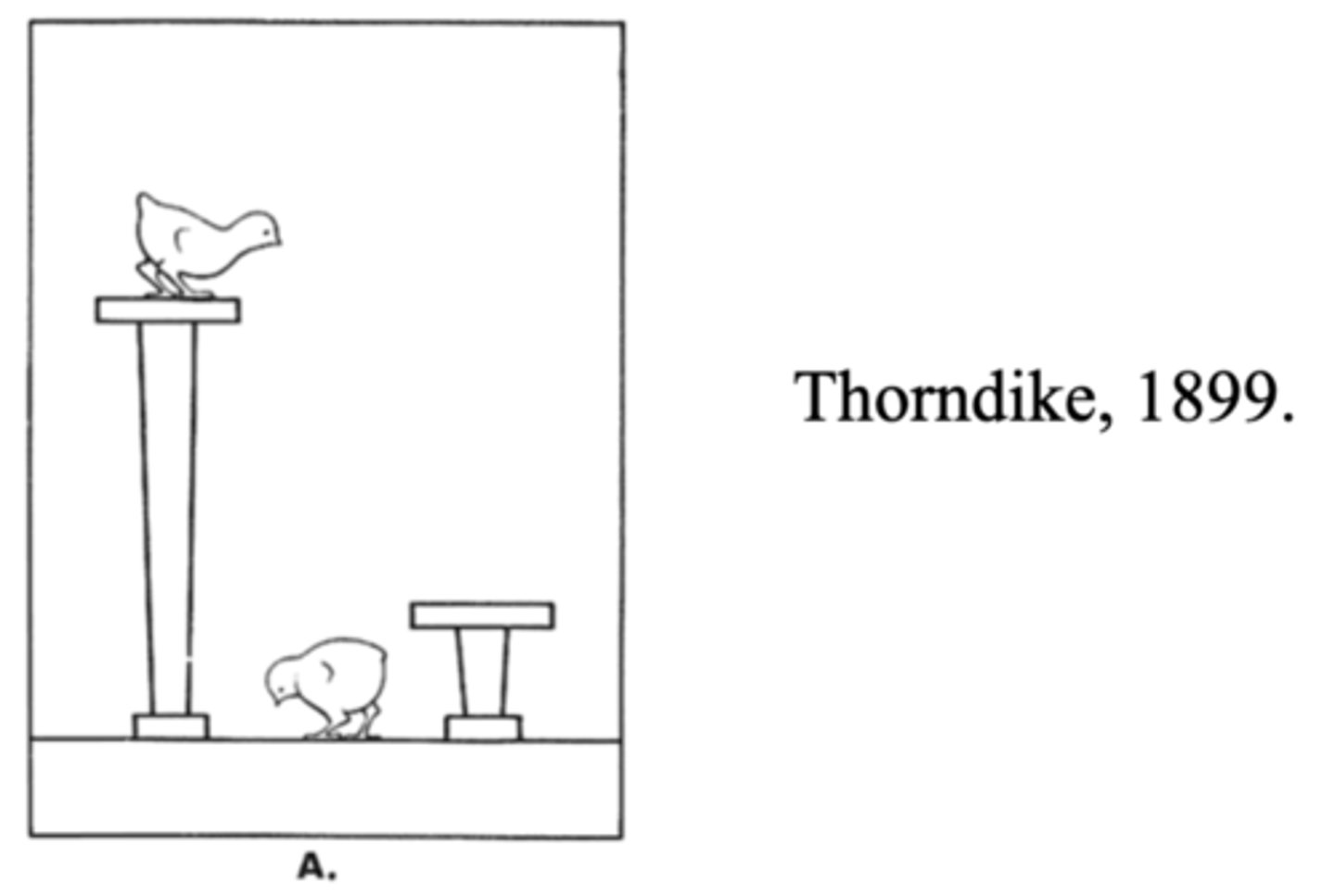
What was the result of Gibson & Walk's visual cliff experiment?
Infants, once acquiring the ability to crawl exhibit depth perception and avoid crossing a perceived drop off.
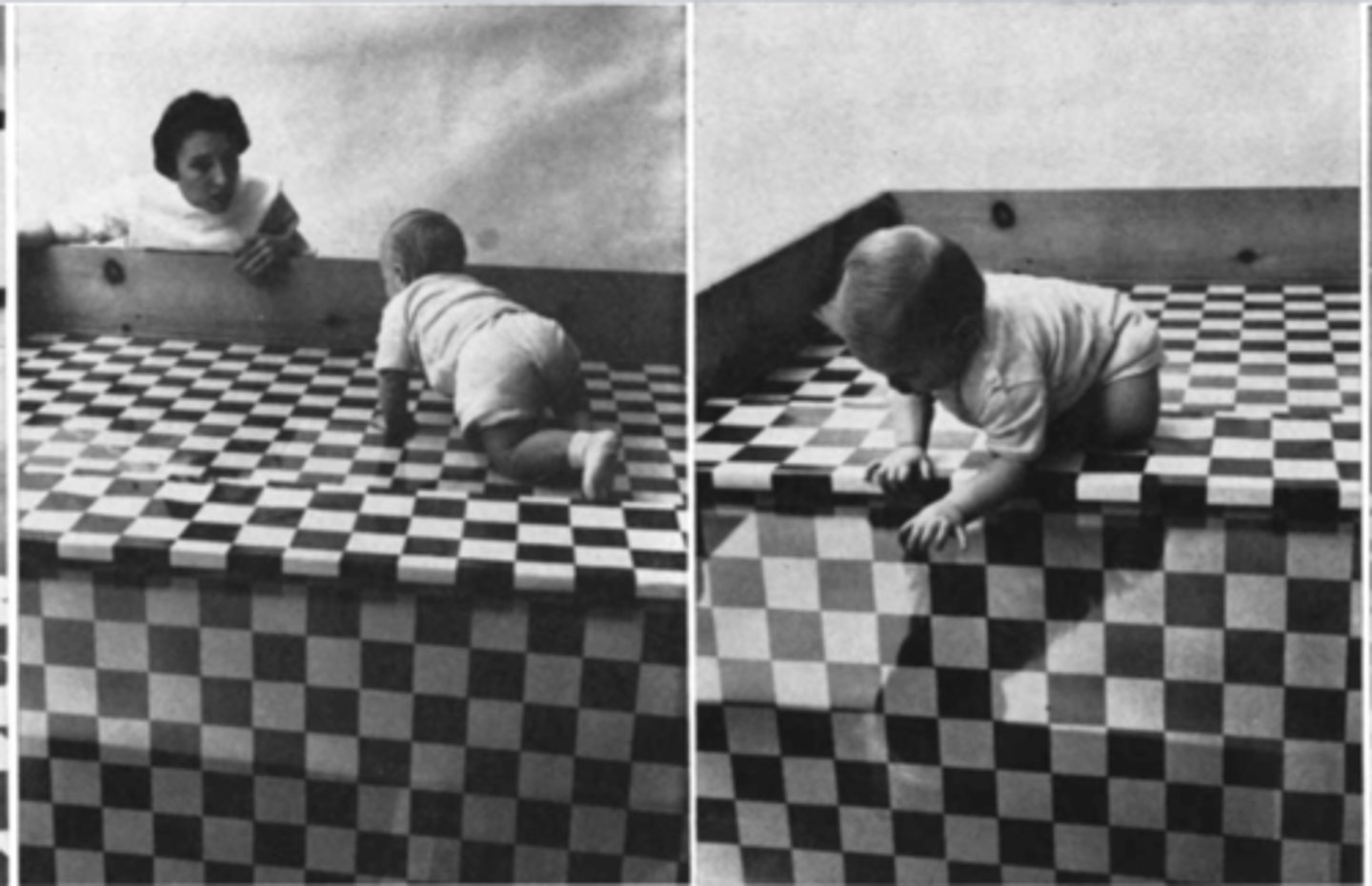
What did Michael Wertheimer's (1963) experiment demonstrate?
Visual, auditory, and motor spaces are present and coordinated at birth
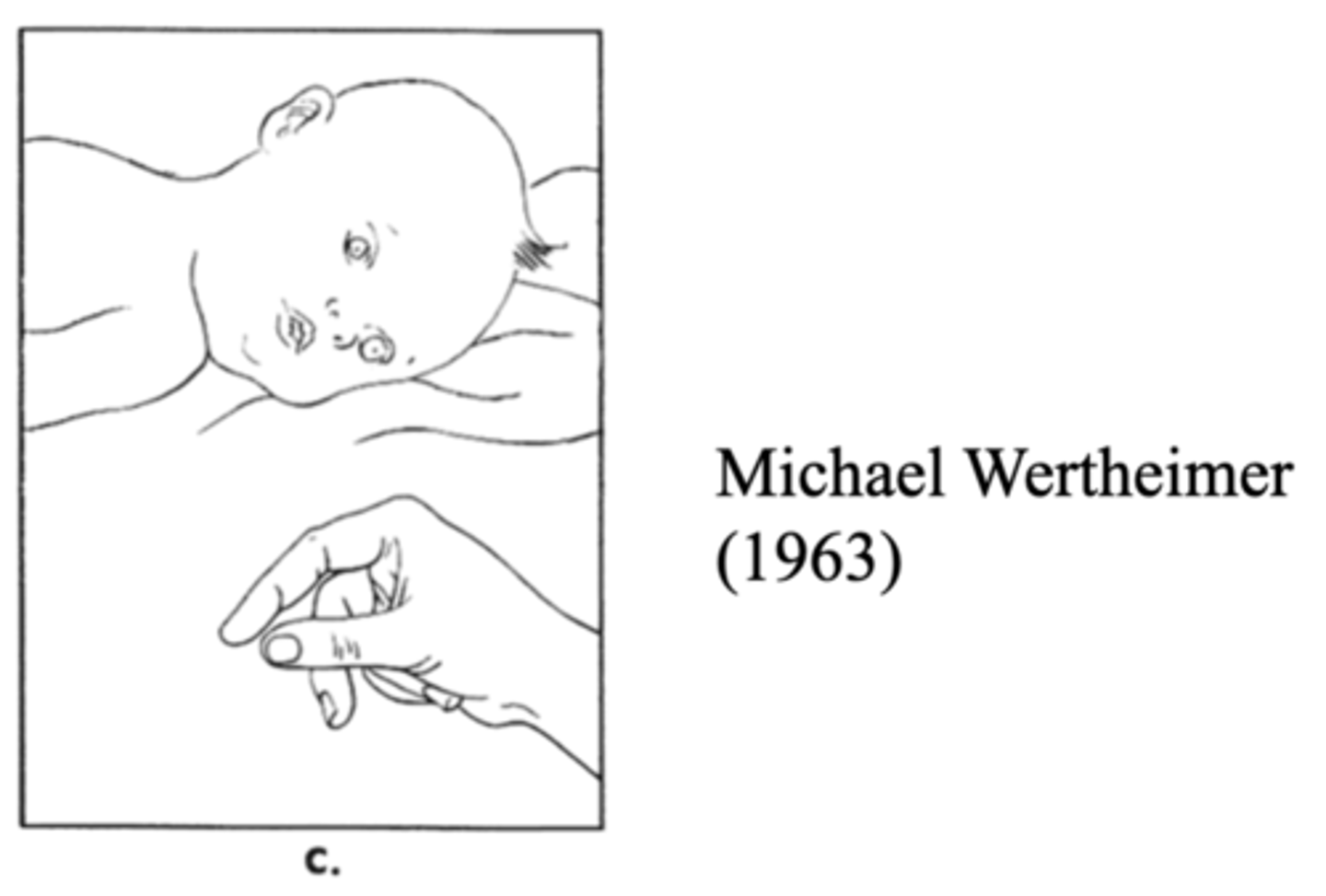
What is a percept?
An object of perception
What did Fechner describe in his seminal book about Psychophysics?
A causal chain of events leading to percepts.
What is outer psychophysics?
The relation between the physical and geometrical characteristics of the real world (distal stimulus) and the percept
What is inner psychophysics?
The relation between the anatomy and physiology of the brain and the percept
What is inner psychophysics often called?
Mind-body problem
What questions does the mind body problem refer to?
How much can we learn about the percept by studying the brain? How much of the brain can we learn by studying the percept
When we are studying the brain, what is being referred to?
Studying neurons